10 Essential Clothing Alterations Explained: The Difference Between Tailoring and Alterations
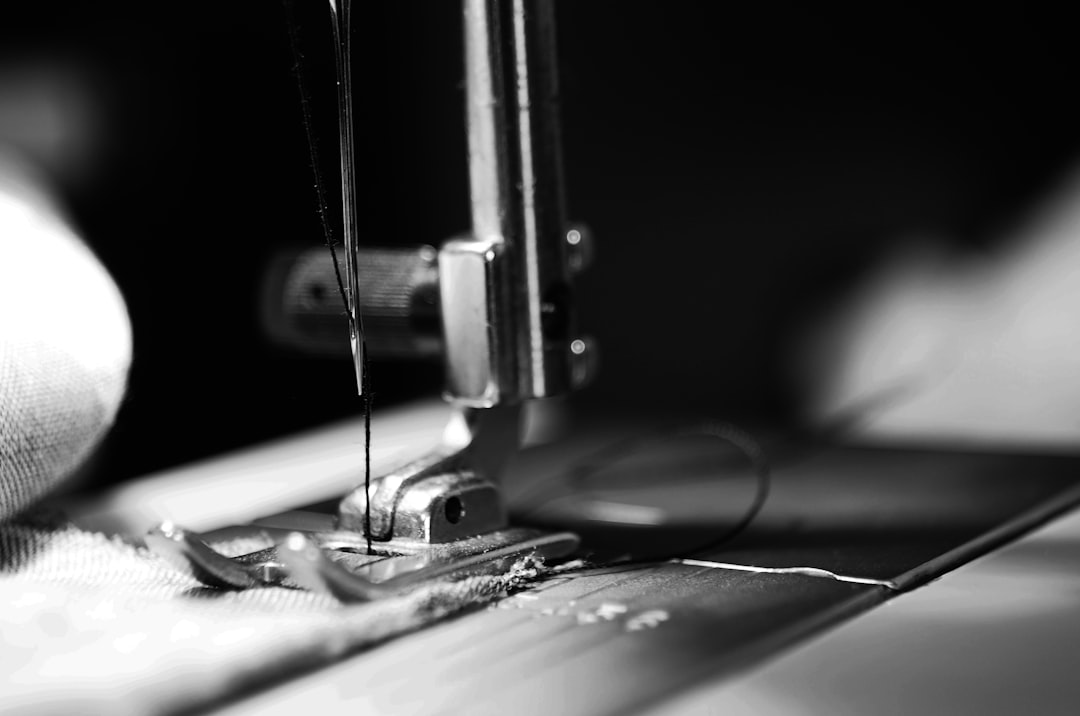
Navigating the world of fashion often involves ensuring your clothes fit impeccably. While mass-produced clothing offers convenience, achieving an ideal fit frequently requires alterations and tailoring. This article will delve into the realm of clothes alterations, exploring the essential adjustments that can transform your wardrobe and enhance your style. We’ll also clarify the difference between tailoring and alterations, providing you with a comprehensive understanding of how to achieve the ideal fit.
Understanding Clothing Alterations
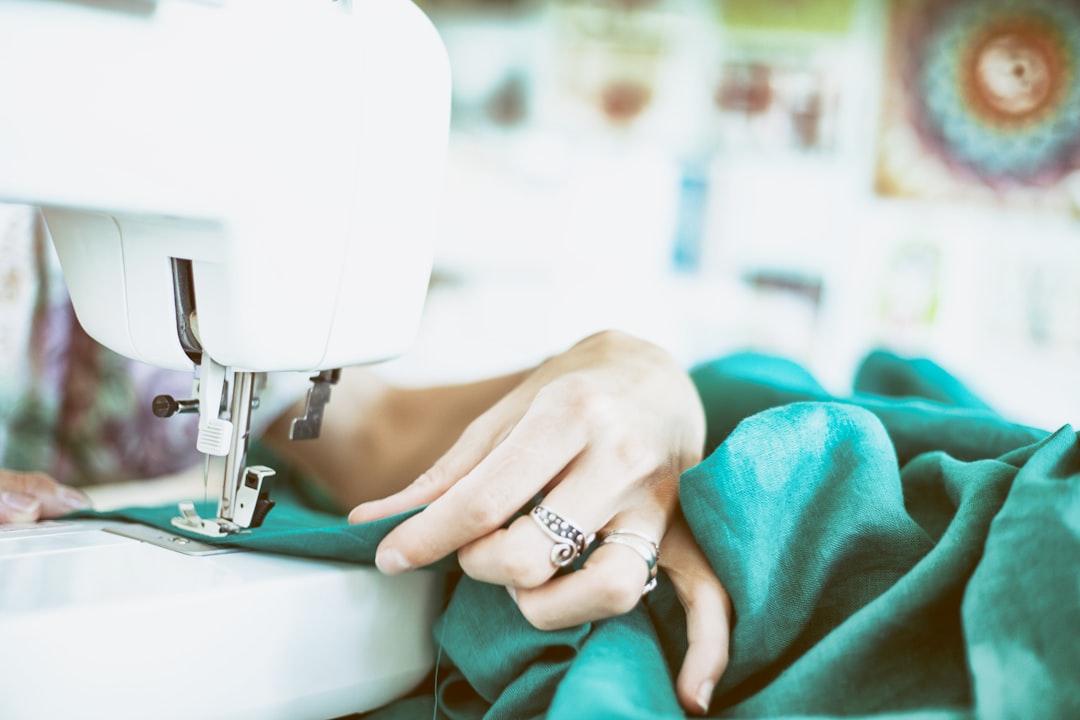
What is an Alteration?
An alteration refers to any adjustment made to a piece of clothing after it has been manufactured. The primary goal of an alteration is to improve the clothes fit and enhance the appearance of a garment. This might involve hemming trousers that are too long, shortening sleeves on a jacket, or adjusting seams to better complement your body shape. Altering your clothes is a common practice, ensuring your wardrobe reflects a custom fit and enhances your confidence.
Types of Clothing Alterations
The types of clothing alterations are vast and varied, catering to diverse needs. Hems are a popular alteration, involving shortening or lengthening the bottom edge of garments like trousers, skirts, dresses, or a simple pair of jeans. Seam adjustments are also common, allowing a tailor or seamstress to take in or let out clothing to better conform to your body type. Wedding dress alterations are particularly intricate, often requiring significant modifications to achieve the perfect silhouette for the special day. You can find professional tailoring and alterations service or even online alterations.
The Role of a Good Tailor
A good tailor or seamstress plays a crucial role in achieving an ideal fit through alteration service. Expert tailors possess the skills and experience to accurately assess your body shape and identify necessary adjustments. Whether it’s a minor adjustment like replacing a button or a more complex alteration like resizing a jacket, a tailor can transform an off-the-rack garment into a piece of clothing tailored specifically for you. Same-day alterations might be available for simple clothing repairs.
Common Types of Clothing Alterations
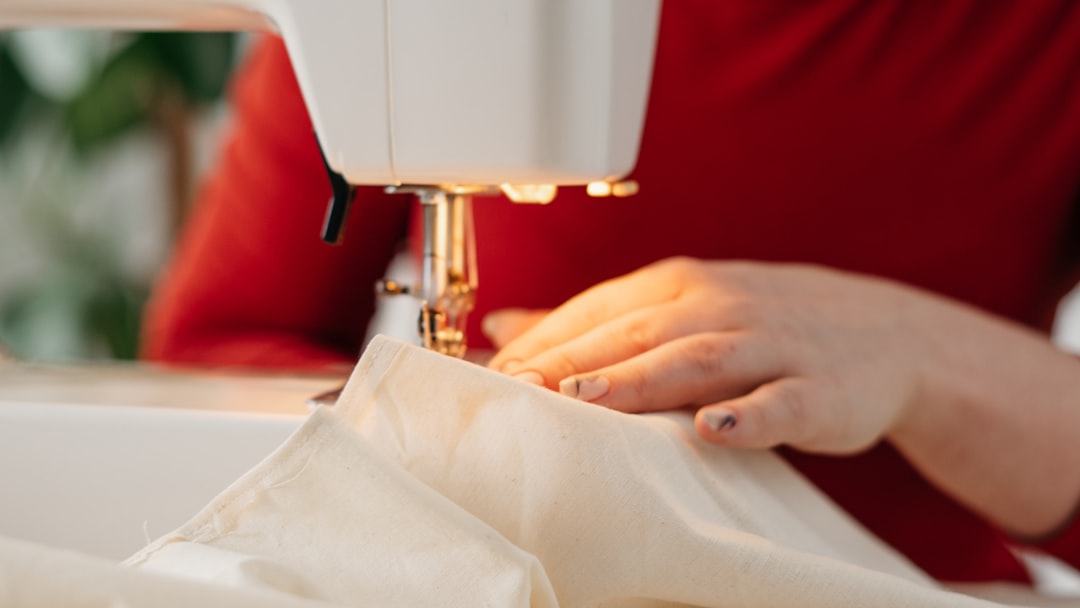
Shorten and Hem: A Closer Look
Shortening and hemming are fundamental clothes alterations, often used on trousers, skirts, and dresses. A good tailor can accurately shorten a garment to the perfect fit, ensuring it falls at the desired length. This alteration enhances the overall look and prevents tripping or dragging, thus ensuring the garment’s longevity. There is a difference between tailoring and alterations.
Taking in and Letting Out Garments
Adjusting the seams to take in or let out a piece of clothing is crucial for achieving a custom fit. If your body shape changes, expert tailors can alter clothes by modifying the seams, providing a more comfortable and flattering silhouette. This type of alteration service can breathe new life into garments that no longer fit perfectly, avoiding the need to replace them.
Adjusting Sleeves and Shoulders
Adjusting sleeves and shoulders requires precision. Expert tailors ensure the sleeves of a jacket or shirt fall correctly and that the shoulder seams sit properly on your body shape. These adjustments elevate the overall clothes fit, making an off-the-rack item appear clothes tailored and more refined. It also allows you to be comfortable when wearing it.
Specialty Alterations

Wedding Dress Alterations Explained
Wedding dress alterations are among the most intricate types of clothing alterations. A skilled tailor or seamstress can handle delicate fabrics, intricate beadwork, and complex designs to ensure the wedding dress fits flawlessly. These alterations often involve hemming, adjusting the bodice, and modifying the train to create a perfect silhouette for the bride on her special day. It can be a lot of alteration service.
Altering Types of Clothing for Special Occasions
Beyond wedding dress alterations, other special occasions may call for unique alterations. Formal gowns, suits, and costumes often require adjustments to ensure they fit well and look their best. An expert tailor can perform intricate work, like adding embellishments, modifying necklines, or adjusting the overall shape of the garment, enhancing the wearer’s confidence.
Altering Vintage or Unique Garments
Altering vintage or unique garments presents distinct challenges and opportunities. These clothes might require careful handling due to delicate fabrics or unique construction techniques. A good tailor experienced in vintage alterations can preserve the garment’s original character while ensuring a proper clothes fit. Altering your clothes can be a great way to preserve memories. You might find online alterations that specialize in vintage garments.
Finding Alteration Services
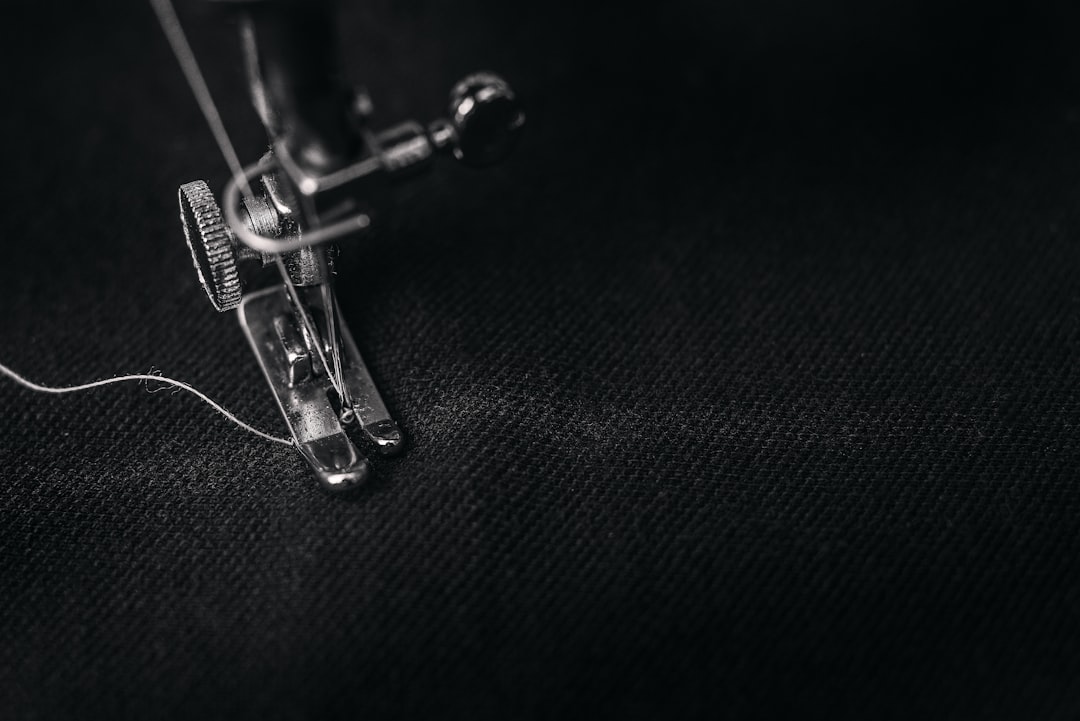
How to Choose a Good Tailor
Selecting a good tailor is paramount for achieving the perfect fit you desire. Look for tailors with a proven track record and positive reviews. A skilled tailor or seamstress should be able to accurately assess your body shape and recommend appropriate clothes alterations. Experience with various types of clothing and fabrics is also essential. Don’t hesitate to ask for references or examples of their previous work to ensure you’re entrusting your piece of clothing to a capable professional.
Online Alterations: Pros and Cons
Online alterations offer convenience, allowing you to send your garment for alteration service without visiting a physical shop. However, this approach also has its drawbacks. While some companies offer very affordable types of clothing alterations, without a face-to-face consultation, achieving a truly custom fit may be challenging. Ensure the service offers clear instructions, detailed measurements, and a satisfaction guarantee. Returns and adjustments can also be more complicated with online alterations.
What to Expect from an Alteration Service
When engaging an alteration service, expect a consultation where the tailor assesses your body shape and discusses the necessary clothes alterations. The tailor or seamstress will mark the garment with pins or chalk to indicate where adjustments are needed. Be clear about your desired outcome, and don’t hesitate to ask questions. Discuss the cost and turnaround time upfront to avoid surprises. Also, check if they offer same-day alterations or not.
DIY Alterations: Can You Alter Clothes Yourself?
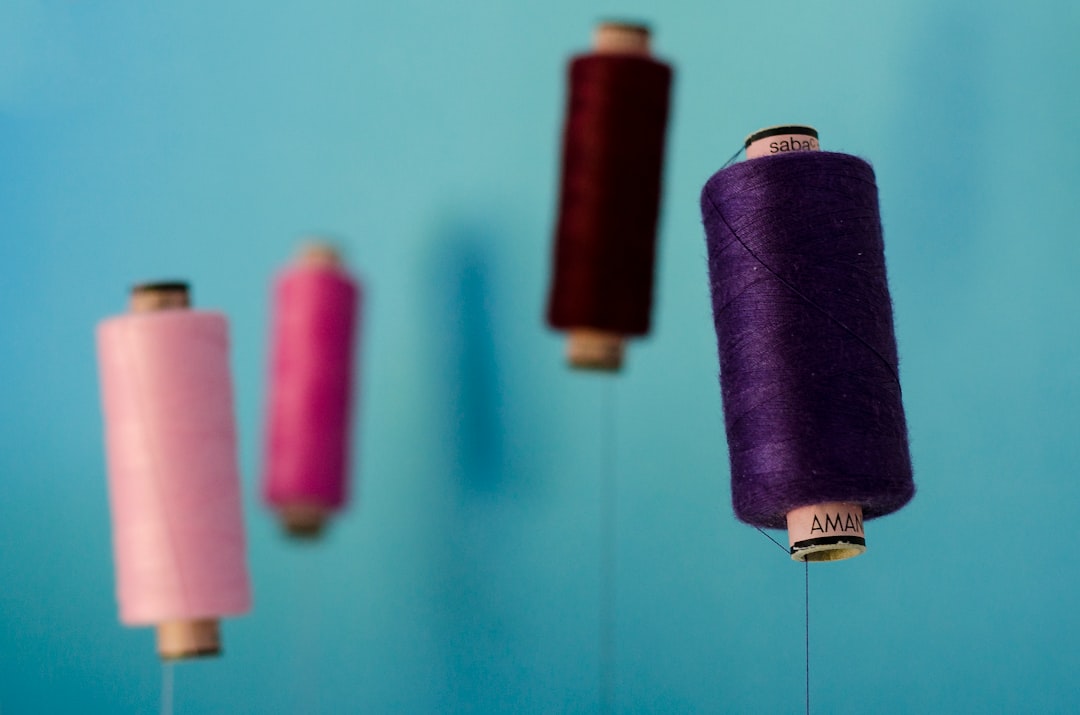
Basic Tools Needed for DIY Alterations
For those inclined to alter clothes themselves, having the right tools is essential. A sewing machine is a significant asset, but hand-sewing is also viable for minor adjustments. Essential tools include a measuring tape, sharp scissors, seam ripper, pins, needles, thread (matching the garment fabric), and an iron. With these basic tools, you can tackle simple clothes alterations like hemming a trouser or replacing a button.
Step-by-Step Guide to Simple Alterations
A simple alteration like hemming a trouser can be achieved at home with patience and care. First, measure and mark the desired length, adding an inch or two for the hem. Fold the fabric inward twice, pressing with an iron to create a clean edge. Pin the hem in place and either hand-stitch or machine-sew along the folded edge. Remove the pins, and press the hem again. This process can shorten your garment to the perfect fit. You can do basic clothing repairs.
When to Seek Professional Help
While DIY clothes alterations can be satisfying, certain adjustments are best left to professionals. Complex types of clothing alterations, such as resizing a jacket, altering shoulders, or working with delicate fabrics, require expertise. Wedding dress alterations should always be handled by a skilled tailor or seamstress. If you’re unsure or lack confidence, seeking professional tailoring ensures a high-quality result and prevents potentially ruining your piece of clothing.